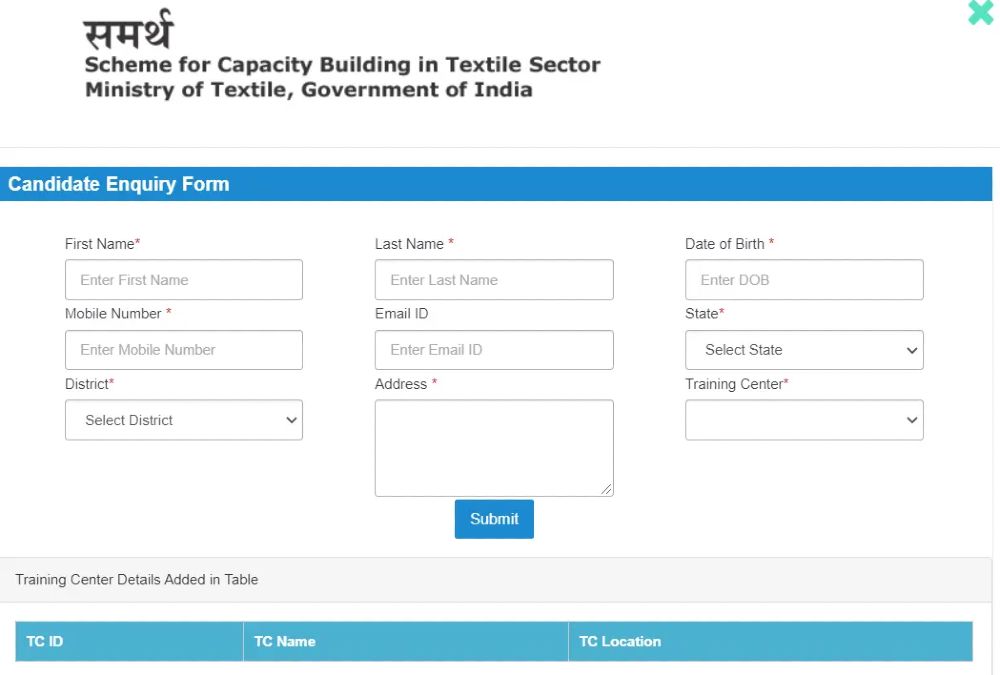Ministry of Textiles – a department of the Central government – has launched the Samarth Scheme 2020 for training and employing workers in the textile sector. Far too often, labourers and workers miss out on job opportunities simply because they are not skilled enough. Based on their lack of skills, workers and labourers often find themselves bagging underpaying jobs.
The Ministry of Textiles wishes to rectify that with the Samarth Yojana.
The Samarth Yojana
Samarth meaning “Capable” in Hindi, the yojana quite obviously lives up to its name. It intends to make workers capable enough of handling complex machinery and building the capacity of younger workers in organized and traditional textile industries. The primary objective of the scheme was to prove skill development training to roughly about 10 lakh youth across the nation and to achieve a total of $300 billion in exports in the textile sector till FY 2025.
How to apply for the Samarth Yojana?
If you are an ardent textile enthusiast and wish to enter the textile industry and contribute to an age-old craft, then the central government is out there to help you. Here is what you can do to register with the scheme:
- Visit the official website at https://samarth-textiles.gov.in/
- At the homepage, click on the option, “Candidate registration” link which is present in the main menu to open the registration form for the Samarth Yojana 2020
- Once the form loads, the applicant can fill in the details in Samarth scheme online registration form which asks for details like Name, Date of birth, mobile number, e-mail ID, state, district, address, training centre, and locations, etc. Once the applicant has filled in the information, the applicant would have to click on the “Submit” button, to complete the Samarth scheme online form filling process.
Features of the Samarth Scheme
- The scheme works towards the Training of Trainers (ToT)
- It implements an advanced form of attendance which uses the applicant’s Aadhaar biometrics – Aadhaar Enabled Biometric Attendance System (AEBAS)

- CCTV recording of training programmes will be offered to students who will miss out on a couple of classes due to personal reasons
- Dedicated call centres are assigned with a dedicated helpline number to help workers out along each step.
- There would be on-line monitoring of the training process to inspect if there are any malpractices being involved.
Beneficiaries of the Samarth scheme
Under the Samarth scheme, there are 18 state governments allocated with a training target of 3.6 lakh beneficiaries for conducting training programmes in both traditional and organized sectors. The states got into the scheme to enable workers and labourers across several states who find it really difficult to find a job, especially in the textile industry.
A total of 78 industries have been empanelled under the Entry-level skilling of people and allocated a training target of 1.36 lakh beneficiaries.
This way, the Central government is aiming to enable more people to work in better positions in better industries in eventually contribute to the national economy on the whole.


![[Apply] MEITY Cyber Surakshit Bharat Training Calendar, Course List, Online Nomination Process, Registration Dates | Digital India Training Management Information System](https://sarkariyojanas.com/wp-content/uploads/2021/07/Cyber-Surakshit-Bharat-840x560.jpg)





